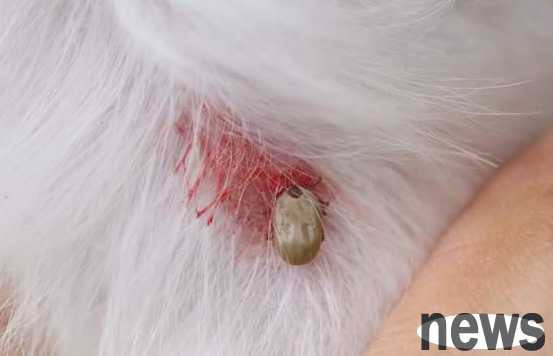In the countryside, keeping pets is more casual, and dogs are rarely vaccinated or bathing on time. Similarly, pet dogs in the city are different. Frequent bathing can also eliminate parasites for pet dogs. The following is a common parasite on dogs' hands

1. Flea: Silt size, parasitic on the hands of warm-blooded animals, and make a living by inhaling the host's blood at night. There are two types of people that can be seen on dogs' hands: dog fleas and cat fleas (more common). The symptoms that fleas will produce include: tapeworms (based on fleas as media), skin allergies (must-have fleas).
2. Tick (tick): millet grains or white sesame size, parasitized in the hands of dogs and cats, making a living by inhaling the host's blood at night. The diseases that ticks will produce include: liver worms, pyroworms, Alicia, Lyme disease (infectious diseases that are interoperable between humans and animals), and are also media for bacteria, viral infections, protozoa and rickettsia.

3. Scabies (scabies): Very small, cannot be visually illusory, is a highly infectious skin parasite, without unique periodicity. Scabies that may cause: long-term contact with infected dogs will also cause the owner to be infected; in addition, chemicals metabolized by the insect will also cause serious skin allergies.
4. Folliculworm (demodex): It is very small and cannot be seen. Sick dogs and healthy dogs touch each other and can also be infected according to vectors. It can also be infected by female dogs to young dogs according to embryos (dogs of all ages are produced, with multiple occurrences of 3-10 months of puppies).
5. Ear mites (ear scabies): Very small and cannot be seen. They feed on skin sediments and exudates, according to close infection. The infectiousness between cats and dogs is very high. Generally, a cat (or dog) in the family is infected with ear mites. All cats and dogs must be treated in addition (cats are more likely to be infected than dogs)